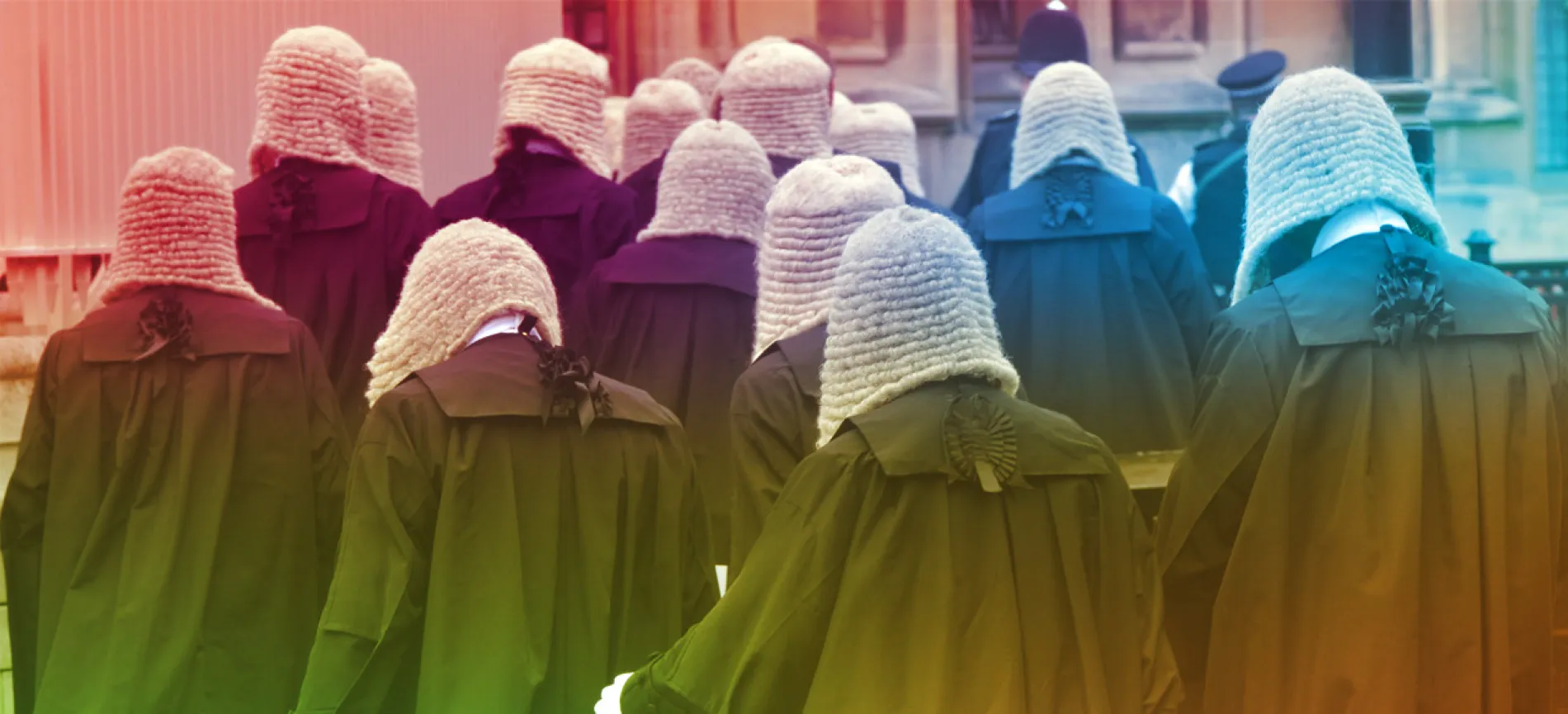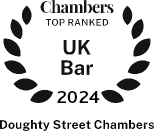Day 3: Where are all the Women?
Have you ever wondered where the names of London’s streets come from? Many of them give recognition to historical figures, but disappointingly few of these are women.
Doughty Street Chambers – and the #DoughtyStWomen - are proud to be based in Bloomsbury, with its rich history of inspirational women leaders from politics, law, journalism, and art. Within a few hundred metres of our chambers are buildings where the suffragettes built their campaigns, as well as the former home of the first woman barrister in England and Wales. Helena Normanton QC lived and worked a block north, on Mecklenburgh Square.
Yet the streets we walk every day are named instead for men: many of them wealthy landowners or benefactors whose public contribution stemmed principally from their wealth. Of the women honoured on our street signs now, many are profiled not in their own right but simply as the wives of historically high-profile men.
To celebrate International Women’s Day 2018, and the centenary of women’s suffrage, #DoughtyStWomen are reimagining our streets renamed. For eight days between 1 March and International Women’s Day on 8 March we are focussing on one of our local Bloomsbury streets, honouring eight of the leaders of the women’s suffrage movement who had connections in the area and who are too often forgotten.
Share these stories, follow us on social media and help us honour Bloomsbury’s inspirational feminist history.
#DoughtyStWomen #IWD2018
Day 1: 1 March 2018
Doughty Street became Lyons Street – read about Jane Lyons here.
Day 2: 2 March 2018
Guilford Street became Lawson Street – read about Marie Lawson here.
Day 3: 3 March 2018
Roger Street becomes Kerr Street.

#DoughtyStWomen Heather Williams QC and Eileen Donaghey
Roger Street was originally called Henry Street, after Henry Doughty, a landlord in the late 18th century. It was renamed in 1937 and became Roger Street. Although the reason is unclear, it appears likely that it was renamed in honour of Sir Roger Charles Doughty-Tichborne. In 1867 the Doughty Estate was embroiled in the Tichborne case, when a claimant came forward asserting that he was Sir Roger and thus entitled to the Doughty Estate in Bloomsbury and other property (Oxford Dictionary of National Biography).
Today, we reimagine it as Kerr Street, in honour of Harriet Roberta Kerr (1859-1940).
Harriet Kerr was born in West Ham. She ran a typewriting business in the City and it is reported that she gave up her secretarial business to work for the Women’s Suffrage and Political Union (“WSPU”). She was the WSPU’s office manager and Secretary. She was famously photographed leading a group of women in protest in 1908, flag aloft, arms linked, in line with seven other suffragettes.
Harriet Kerr was living at 18 Doughty Street at the time of the 1911 census and she was one of the women who refused to give her information as a protest at women not being allowed to vote. In 1913 she was charged with conspiracy to cause damage to property and was sentenced to 12 months imprisonment. She went on hunger strike and was released under the Prisoners (Temporary Discharge for Ill Health) Act 1913. This was commonly referred to as a ‘Cat and Mouse Act’. When the women were released they were given time to recover before being rearrested and taken back to prison to serve out the rest of their sentence. Further information on Ms Kerr can be found (by clicking here) at the LSE Women’s Library.








